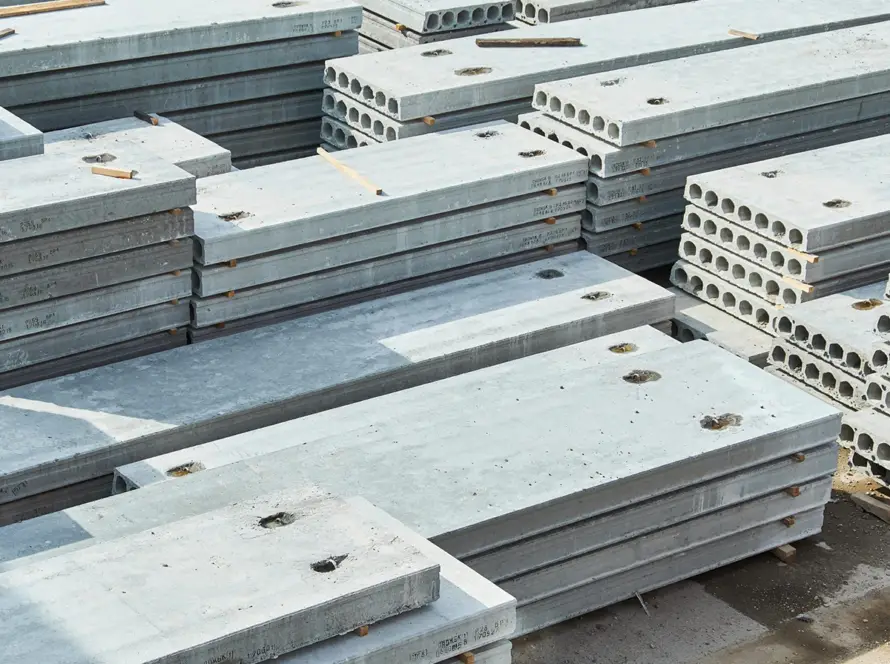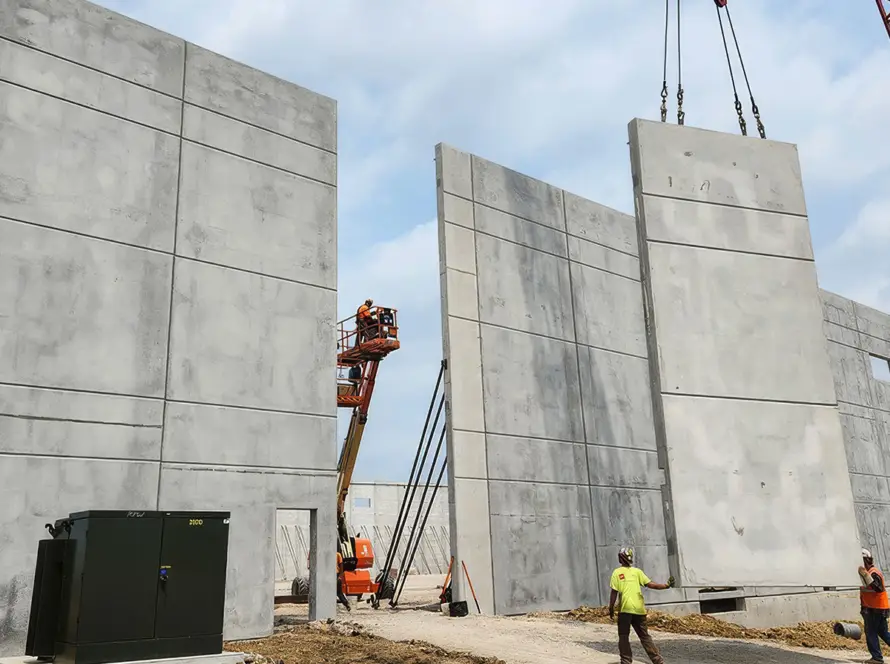Introduction
Water is one of the most valuable resources in the world, and its proper storage is essential for homes, industries, and communities. While traditional water storage options like plastic or steel tanks are widely used, precast concrete water tanks are rapidly becoming the preferred choice. Known for their strength, hygiene, and longevity, precast tanks provide a reliable solution for both underground and above-ground storage.
In this blog, we’ll explore what precast water tanks are, their advantages, applications, and why they stand out as a smart investment for long-term water storage.
What is a Precast Water Tank?
A precast water tank is a container made from precast concrete, manufactured in a controlled environment using reusable molds. Once cured, the tank is transported and installed at the site. Precast tanks are designed to store potable water, rainwater, wastewater, or even industrial liquids.
Unlike plastic or metal tanks, precast tanks are more durable and can withstand soil pressure, temperature changes, and heavy loads, making them suitable for both domestic and commercial use.
Advantages of Precast Water Tanks
1. Durability and Longevity
Precast tanks are resistant to rust, corrosion, and UV damage, unlike plastic or steel tanks. With proper installation, they can last for decades without significant maintenance.
2. Hygiene and Safety
Concrete does not leach harmful chemicals into the water. This makes precast tanks safe for storing drinking water. Their solid structure also reduces the risk of contamination.
3. Strength and Load-Bearing Capacity
Precast tanks can be installed underground without risk of collapsing. They can handle heavy soil loads, making them ideal for areas with limited space.
4. Eco-Friendly Option
Concrete tanks can be made using sustainable materials and can also be recycled at the end of their lifespan. Additionally, they help conserve water by reducing evaporation compared to open storage.
5. Customizable Sizes and Shapes
Precast tanks are available in different shapes and sizes, from small domestic tanks to large-scale industrial reservoirs.
Applications of Precast Water Tanks
- Residential Use
For storing drinking water, rainwater harvesting, or wastewater management. - Commercial and Industrial Use
Large tanks are used in factories, warehouses, and office complexes for process water and fire safety reserves. - Agriculture
Farmers use precast tanks for irrigation, livestock, and rainwater storage. - Municipal Infrastructure
Cities use precast reservoirs for community water supply, firefighting storage, and wastewater treatment systems. - Emergency Backup
Precast tanks serve as reliable emergency reserves during water shortages or supply disruptions.
Types of Precast Water Tanks
- Underground Tanks: Installed below ground to save space and protect water from temperature fluctuations.
- Above-Ground Tanks: Easier to access for maintenance and monitoring.
- Modular Tanks: Built in sections for larger storage needs, commonly used in commercial and municipal projects.
Precast vs Plastic and Steel Tanks
- Plastic Tanks – Lightweight and inexpensive but prone to UV damage, cracking, and shorter lifespan.
- Steel Tanks – Strong but susceptible to corrosion and require regular maintenance.
- Precast Tanks – Strong, corrosion-resistant, durable, and safe for long-term use with minimal maintenance.
This makes precast tanks the most cost-effective option in the long run.
Installation and Maintenance
Installing precast tanks is relatively quick compared to on-site concrete construction. They are delivered as ready-to-use units, requiring only excavation and proper placement.
Maintenance tips:
- Regularly clean the inside to prevent sediment buildup.
- Inspect inlets and outlets for blockages.
- Seal any minor cracks promptly to avoid leaks.
With basic care, precast tanks can function efficiently for decades.
Why Choose Precast Water Tanks?
- Long-Term Investment: One-time installation with decades of performance.
- Safety: Ensures stored water remains clean and uncontaminated.
- Sustainability: Environmentally friendly and recyclable.
- Adaptability: Suitable for homes, industries, farms, and municipalities.
- Space-Saving: Underground installation maximizes land use.
Conclusion
Precast water tanks are a modern, reliable, and sustainable solution for water storage. Their strength, hygiene, and cost-effectiveness make them superior to plastic or steel alternatives. Whether you need a tank for your home, farm, or industrial facility, precast ensures durability, safety, and efficiency.
As water scarcity becomes a global concern, investing in precast tanks not only secures a dependable storage system but also supports long-term sustainability. For homeowners, businesses, and city planners, precast water tanks are the future of water management.



